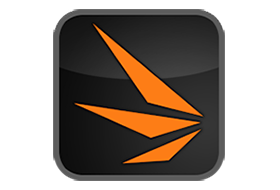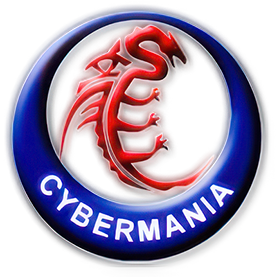
3DMark Vantage is the industry standard performance benchmark for DirectX 10 gaming PCs. It includes two graphics tests, two CPU tests and six feature tests. Trusted by gamers worldwide to give accurate and unbiased results, 3DMark Vantage is the best way to consistently and reliably test DirectX 10 under game-like loads.
Graphics Test 1
- Lots of static objects
- Lots of complex dynamic skinned objects
- Cascaded shadow maps using PCF filtering
- Cloth simulation
- Hierarchical rendering passes to render water reflections and refractions
Graphics Test 2
- Consists almost entirely of moving objects
- No skinned objects
- Variance shadow mapping shadows
- Lots of instanced objects
- Local and global ray-tracing effects
CPU Test 1
This test features a high-intensity workload of co-operative path-finding artificial intelligence calculations. The test setting is an aerial race course crowded with planes all attempting to navigate a series of gates while avoiding collisions. The workload is parallelized, and can utilize multi-core CPUs.
CPU Test 2
This test features a heavy physics workload. Planes trailing smoke collide with various cloth and soft-body obstacles, each other, and the ground. The smoke spreads, and reacts to the planes passing through it. GPU physics acceleration is disabled by default for this test.
Feature Test 1
This test draws frames by filling the screen rectangle with values read from a tiny texture using multiple texture coordinates. The texture coordinates are rotated and scaled between each frame.
Feature Test 2
This test draws frames by drawing a rectangle across the screen multiple times. The color and alpha channels of each corner of the rectangle is animated. The pixel shader is pass-through. The interpolated color is written directly to the render target using alpha blending.
Feature Test 3
This test uses Parallax Occlusion Mapping to simulate complex geometry. Ray-tracing against a huge depth-map determines the intersection of the view ray with the geometry. Further ray-tracing determines the visibility of each point from multiple animated light sources. Finally, the surface is shaded using the Strauss shading model.
Feature Test 4
This test features physical simulation of cloth on the GPU. The simulation is performed as a vertex simulation using a combination of vertex shader and geometry shader stages, with several simulation passes needed for each simulation step.
Feature Test 5
This test features hundreds of thousands of particles, all individually physically simulated, colliding with a height map. Vertex simulation is used with each vertex representing a single particle. Stream out is used to cycle the particle vertices from one simulation pass to the next.
Serial : 3DMVA-BHZZR-586YK-M68Z9-CQENV-8A7Y1-C03X1-VHYNY
